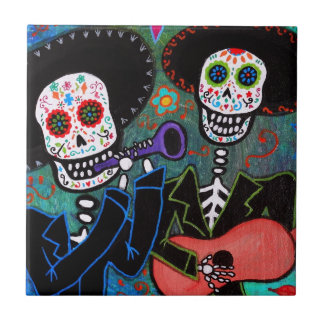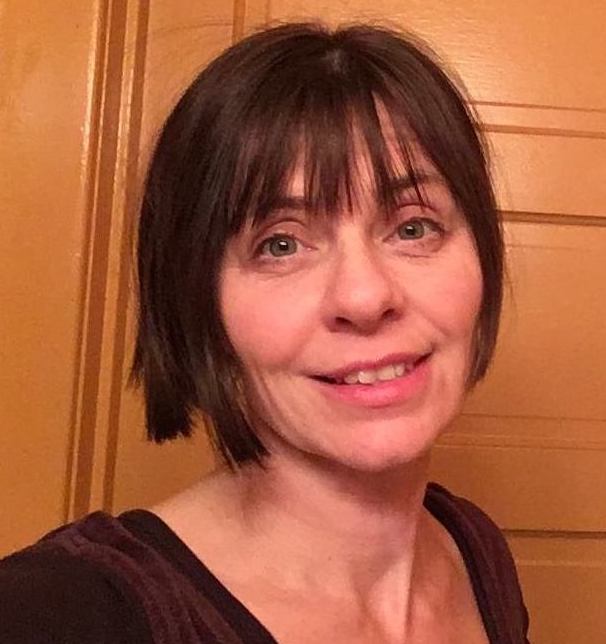
Happy Hallowe’en / Feliz Dia de los Muertos! Your Weekly Listen for 10/29/15 is “Los Escueletos”.
The ancient Celts believed that on one special day per year, the souls of the dead were able to return to earth to visit the living. People put out candles and offerings of food and drink for their departed loved ones, and used scary jack-o-lanterns, bells and other protective symbols to ward off evil spirits. This tradition was eventually absorbed by the Catholic Church and became “Allhallowtide”: the three days from October 31- November 2 known as All Hallow’s Eve, All Saints Day and All Souls Day.
The Dia de los Muertos festival in Mexico developed from ancient traditions and was originally celebrated in the ninth month of the Aztec calendar (about the beginning of August) for the entire month. When the Spanish colonized Latin America, Dia de los Muertos was shortened to three days and moved to coincide with Allhallowtide, so that it is now also celebrated from October 31 – November 2.
This playful animated music video illustrates the ‘escueletos’ (skeletons’) adventures as they rise from their tomb, eat, drink, dance and play, and then return to their rest at the end of the day. Below are lyrics for the song “Los Esqueletos” as I sing it in class. These lyrics are slightly different from the lyrics in the video.
-
Los Esqueletos
Cuando el reloj marca la una
los esqueletos salen de la tumba
(tumba, tumba, tumba-ba, tumba, tumba, tumba-ba)
Cuando el reloj marca las dos
los esqueletos salen comen arroz
Cuando el reloj marca las tres
los esqueletos van al reves
Cuando el reloj marca las cuatro
los esqueletos marchen al teatro
Cuando el reloj marca las cinco
los esqueletos pegan un brinco
Cuando el reloj marca las cinco
los esqueletos se pegan un brinco
Cuando el reloj marca las seis
los esqueletos juegan ajedrez
Cuando el reloj marca las siete
los esqueletos se montan en cohetet
Cuando el reloj marca las ocho
los esqueletos comen bizcocho
Cuando el reloj marca las nueve
los esqueletos cantan y beben
Cuando el reloj marca las diez
los esqueletos se bailan a la vez
Cuando el reloj marca las once
los esqueletos corren veloces
Cuando el reloj marca las doce
los esqueletos descansan por la noche
-
Translation
When the clock strikes one
the skeletons come out of the grave.
At two, they eat rice.
At three, they hang upside down.
At four, they go to the theatre.
At five, they jump up and down.
At six, they play chess.
At seven, they ride a rocket.
At eight, they eat cake.
At nine, they sing and drink.
At ten, they dance all together.
At eleven, they run fast.
At twelve, they go to bed for the night.









